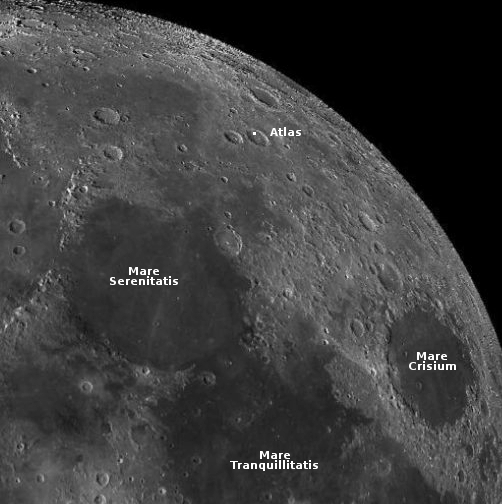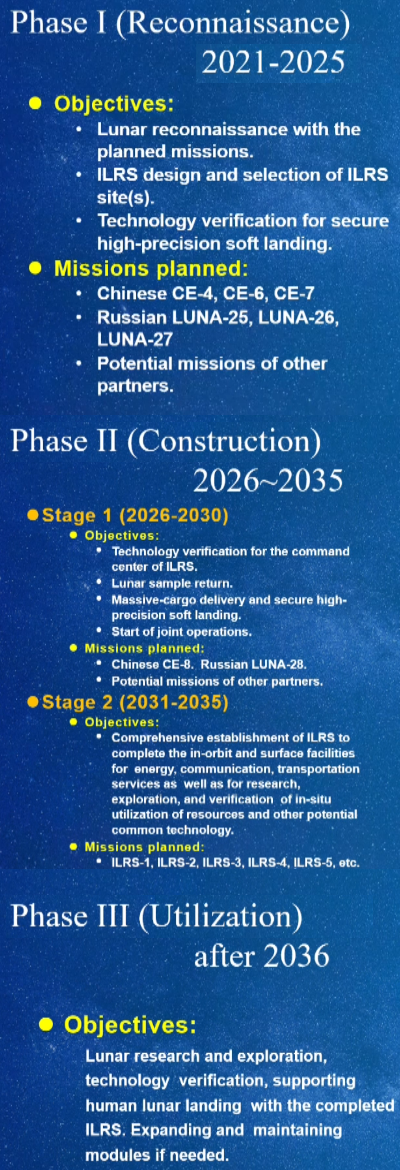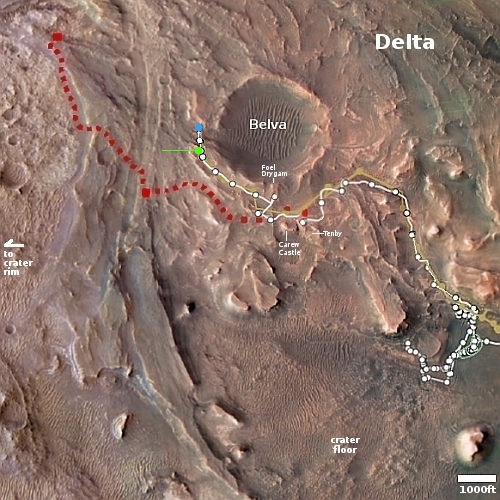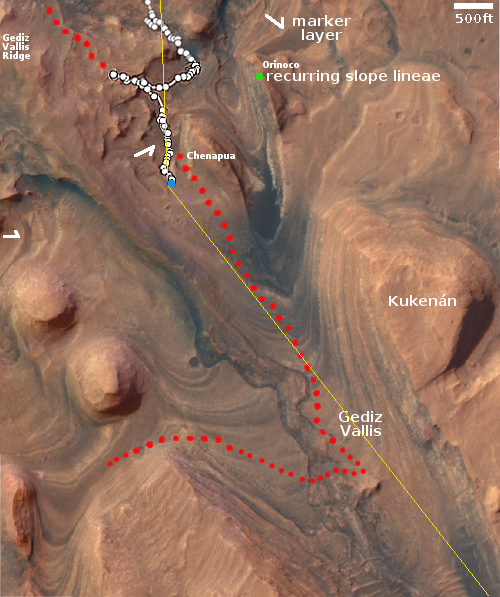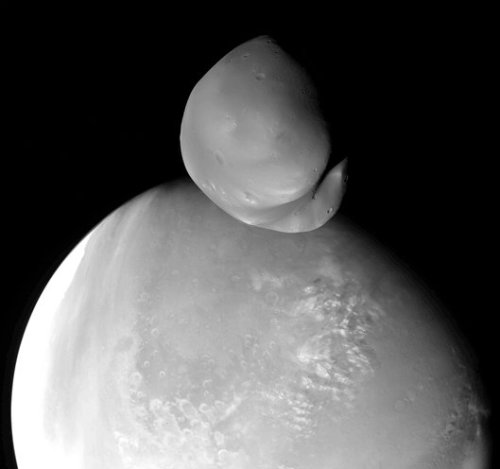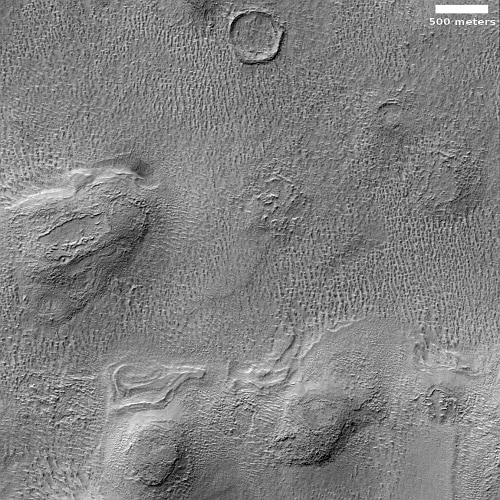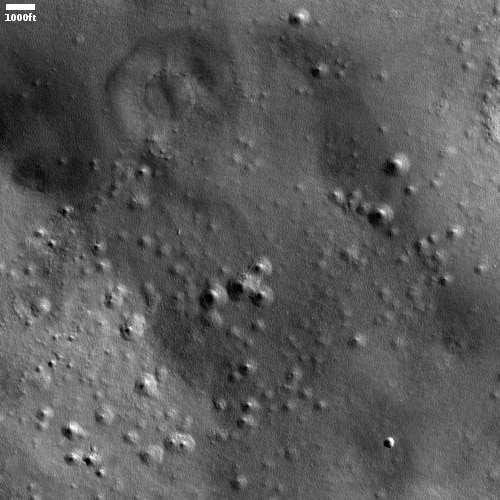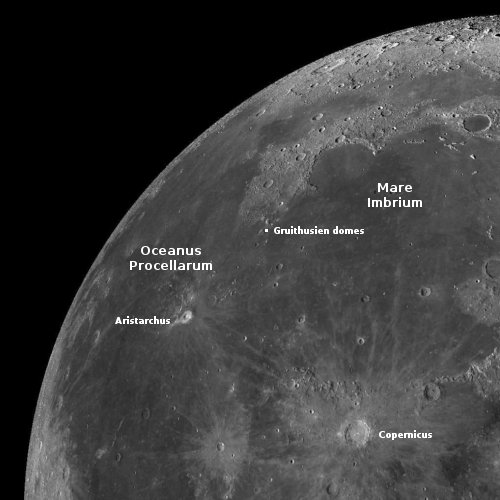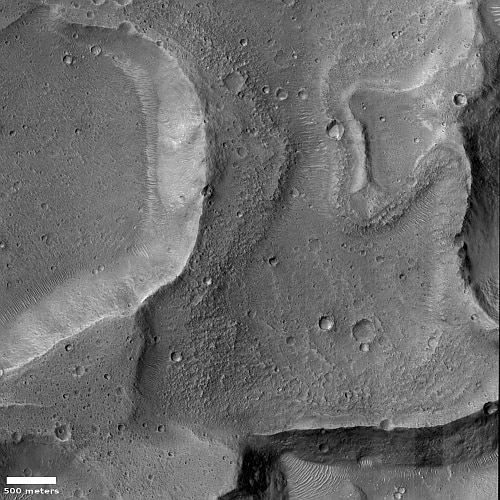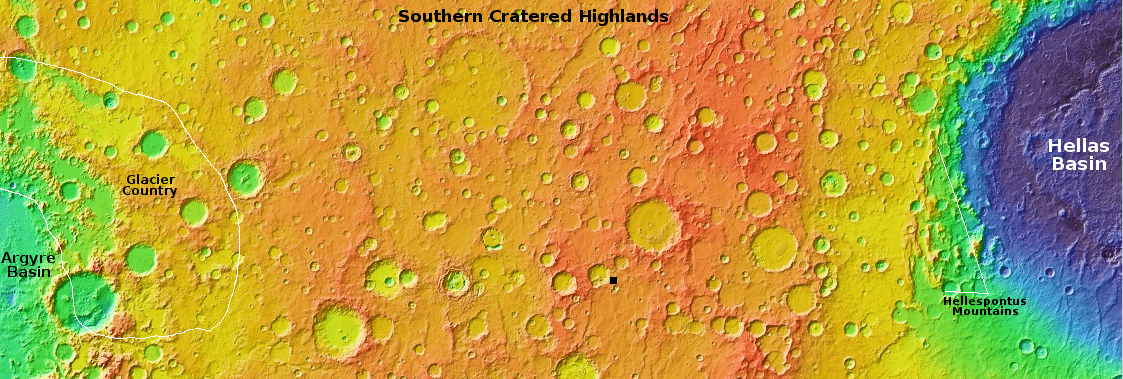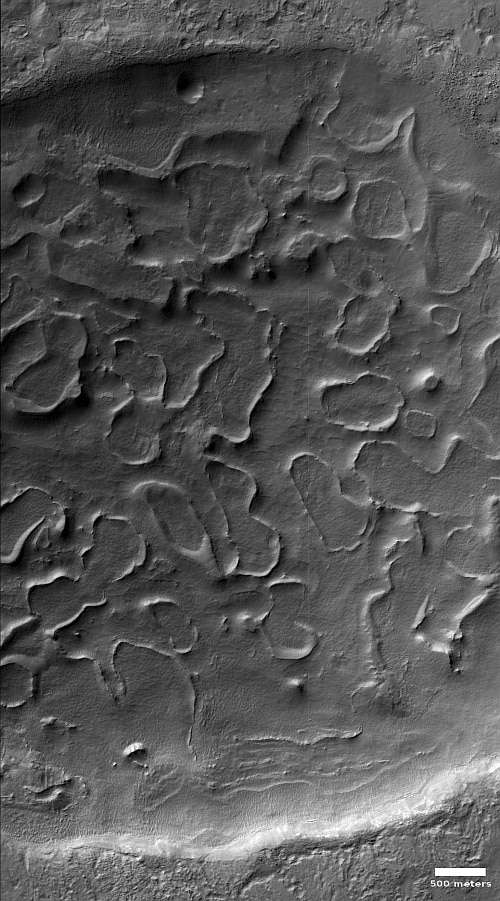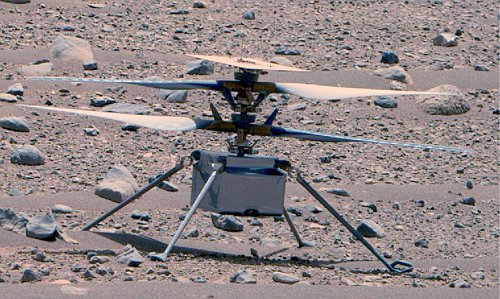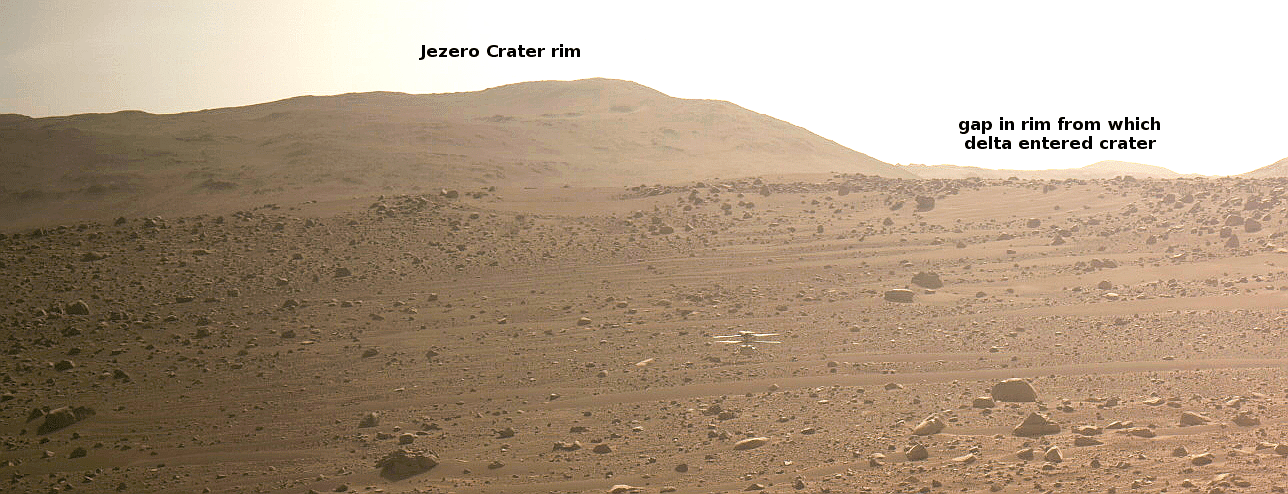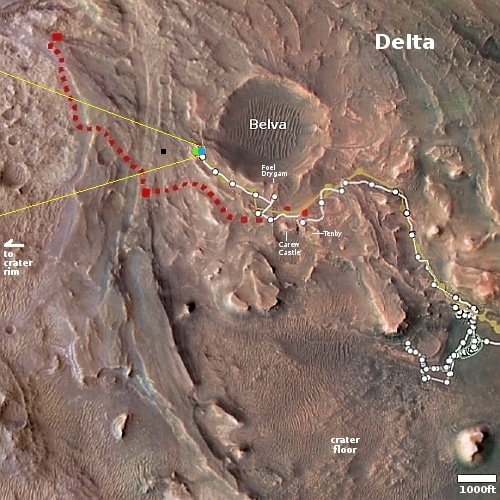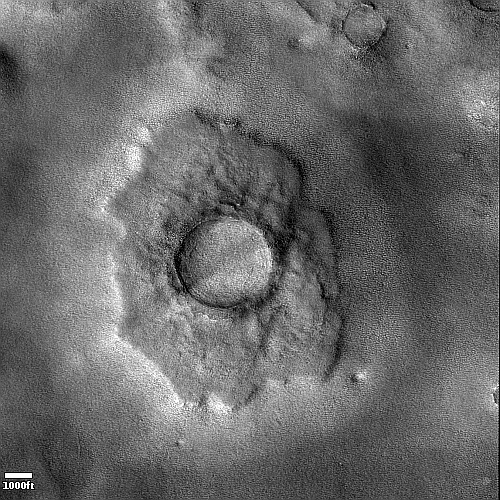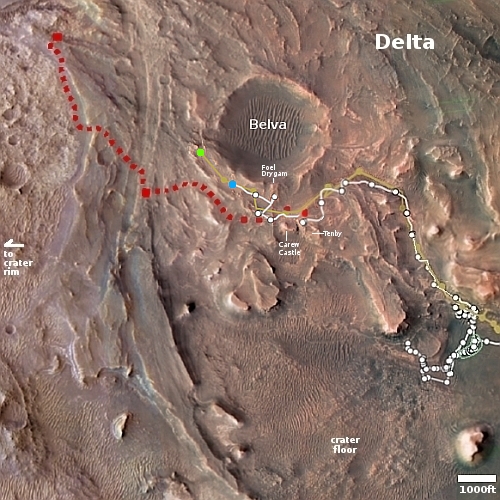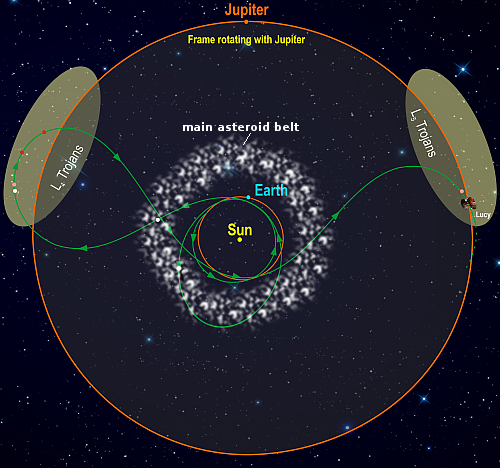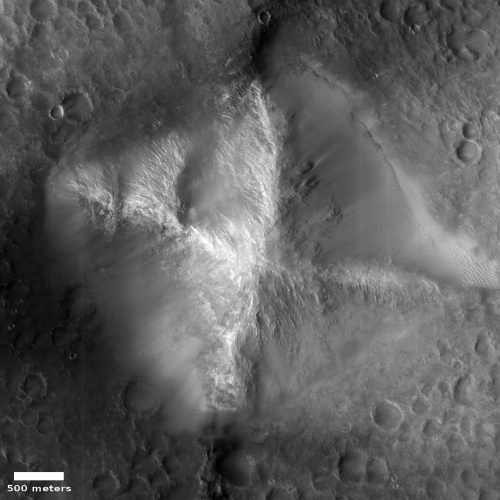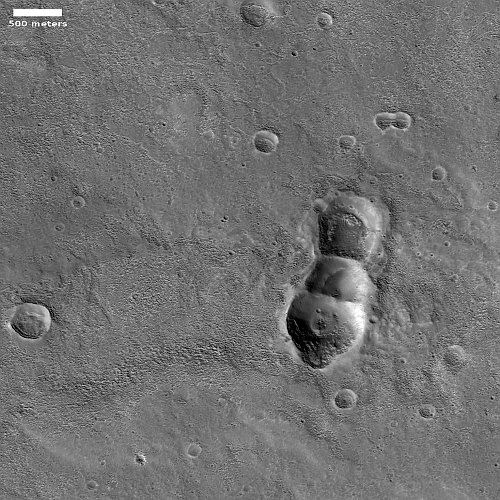The inexplicable tail of the asteroid Phaethon is from sodium, not dust
For years astronomers have puzzled over the strange behavior of the asteroid Phaethon, which though rocky would still produce a tail like a comet whenever its orbit took it close to the Sun.
New research by astronomers using several space telescopes designed to study the Sun has determined that this tail is made of sodium, not dust as previously believed, which also suggests that many of the other “comets” these solar telescopes have detected close to the Sun might instead be asteroids like Phaeton.
Hoping to find out what the tail is really made of, Zhang looked for it again during Phaethon’s latest perihelion in 2022. He used the Solar and Heliospheric Observatory (SOHO) spacecraft — a joint mission between NASA and the European Space Agency (ESA) – which has color filters that can detect sodium and dust. Zhang’s team also searched archival images from STEREO and SOHO, finding the tail during 18 of Phaethon’s close solar approaches between 1997 and 2022.
In SOHO’s observations, the asteroid’s tail appeared bright in the filter that detects sodium, but it did not appear in the filter that detects dust. In addition, the shape of the tail and the way it brightened as Phaethon passed the Sun matched exactly what scientists would expect if it were made of sodium, but not if it were made of dust.
Knowing these new facts, it might make it possible to map the asteroids that orbit very close to the Sun but are hard to detect optically using standard telescopes because of the Sun’s brightness. Instead, astronomers might be able to map them using these solar telescopes.
For years astronomers have puzzled over the strange behavior of the asteroid Phaethon, which though rocky would still produce a tail like a comet whenever its orbit took it close to the Sun.
New research by astronomers using several space telescopes designed to study the Sun has determined that this tail is made of sodium, not dust as previously believed, which also suggests that many of the other “comets” these solar telescopes have detected close to the Sun might instead be asteroids like Phaeton.
Hoping to find out what the tail is really made of, Zhang looked for it again during Phaethon’s latest perihelion in 2022. He used the Solar and Heliospheric Observatory (SOHO) spacecraft — a joint mission between NASA and the European Space Agency (ESA) – which has color filters that can detect sodium and dust. Zhang’s team also searched archival images from STEREO and SOHO, finding the tail during 18 of Phaethon’s close solar approaches between 1997 and 2022.
In SOHO’s observations, the asteroid’s tail appeared bright in the filter that detects sodium, but it did not appear in the filter that detects dust. In addition, the shape of the tail and the way it brightened as Phaethon passed the Sun matched exactly what scientists would expect if it were made of sodium, but not if it were made of dust.
Knowing these new facts, it might make it possible to map the asteroids that orbit very close to the Sun but are hard to detect optically using standard telescopes because of the Sun’s brightness. Instead, astronomers might be able to map them using these solar telescopes.


